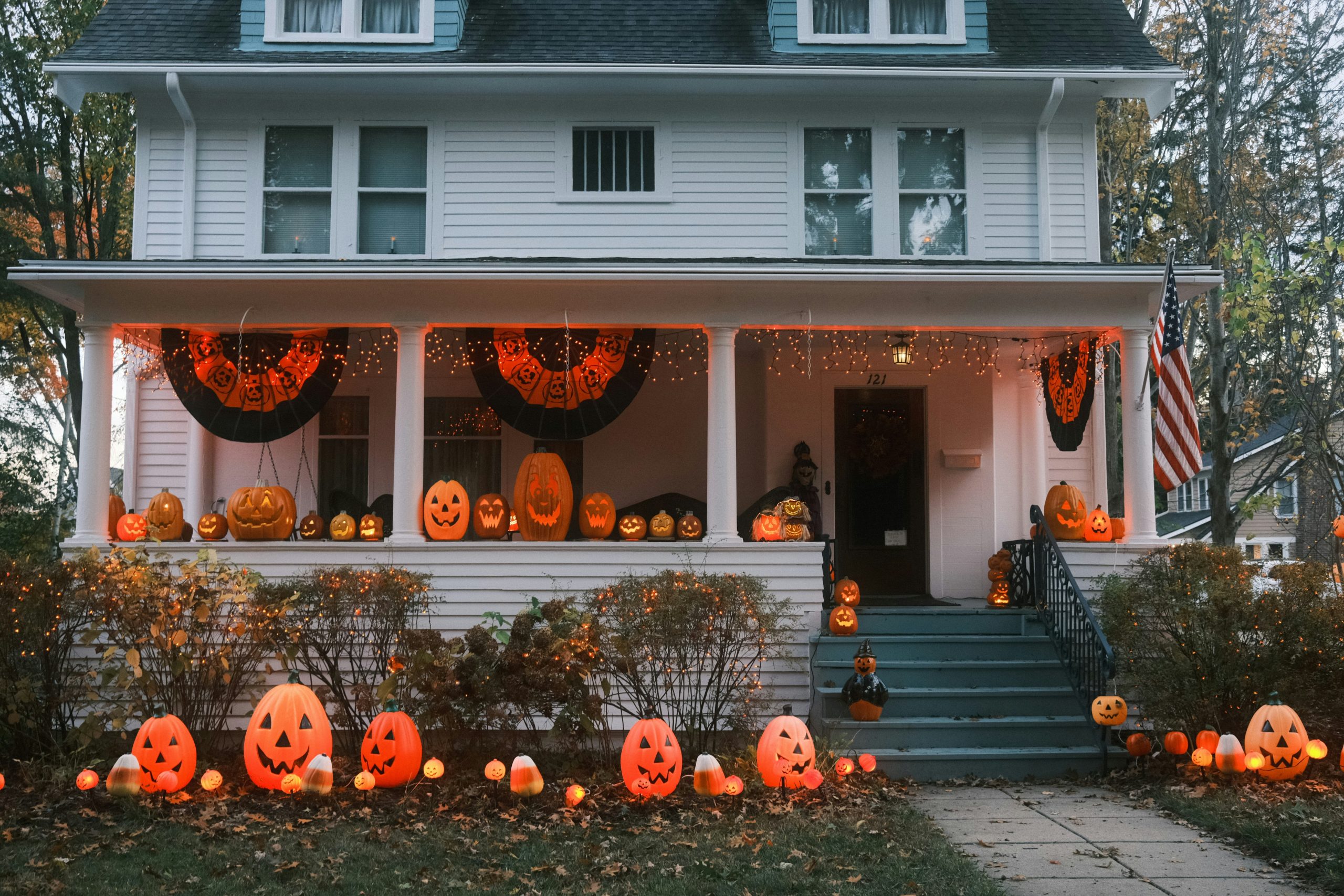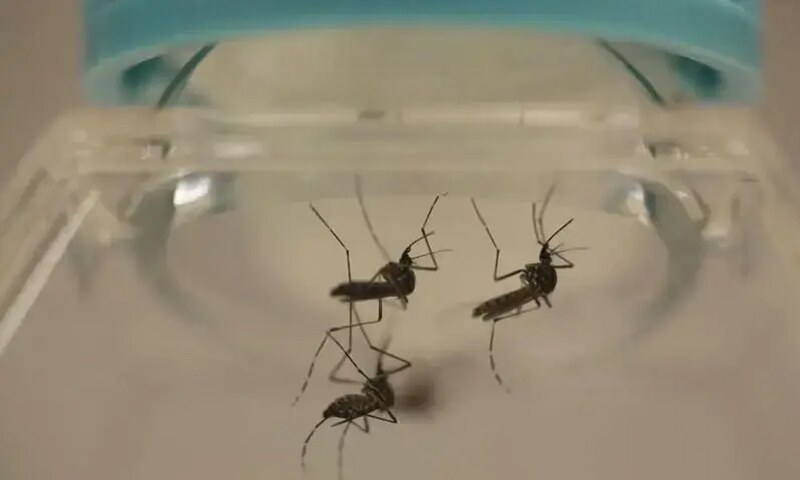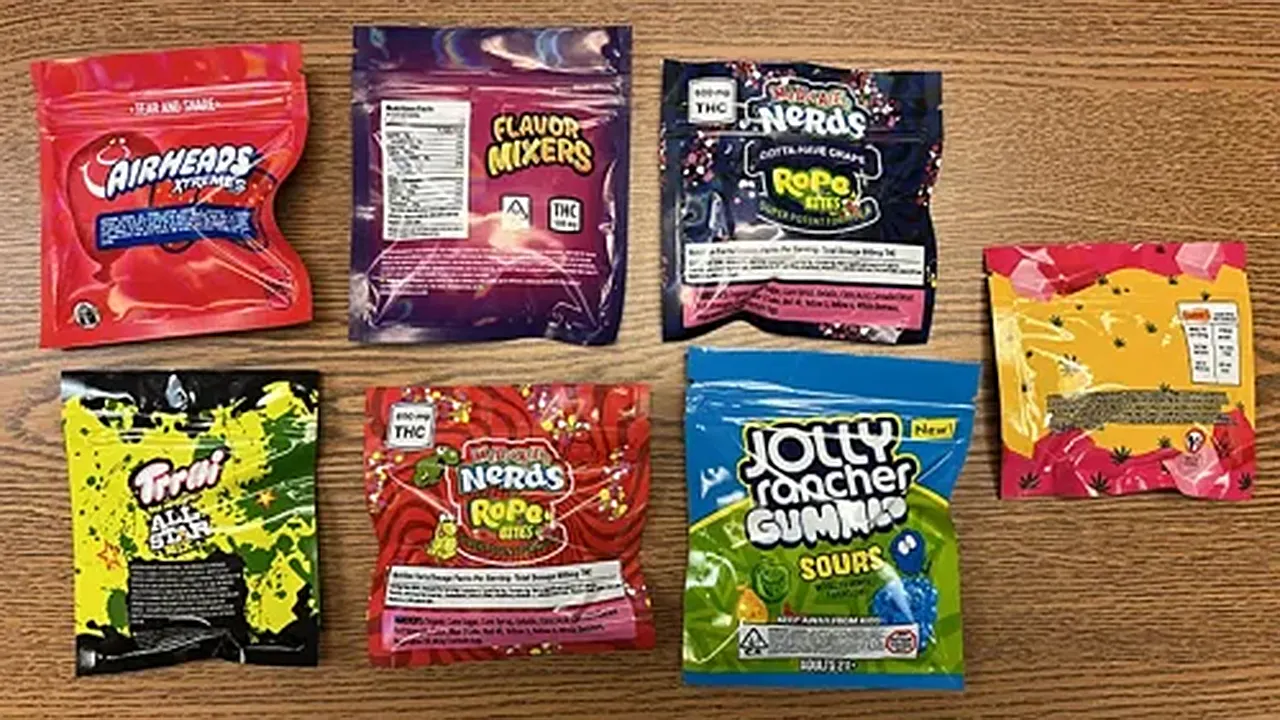Copyright minnpost

Halloween has become a tale of two traditions: the classic, house-to-house trick-or-treating and the modern, centralized trunk-or-treat events. While both are enjoyable, only one truly serves a vital civic purpose: building the social connections our communities increasingly lack. Trunk-or-treat events — where families gather in parking lots to collect candy from decorated cars — offer undeniable benefits, especially to those in the countryside where homes are widely separated. These events provide a safe, efficient and inclusive venue for every child to participate. Furthermore, they are excellent outreach opportunities for businesses, churches and civic groups to engage with families and promote their organizations. However, when trunk-or-treating supplants traditional neighborhood activity within the city limits, we sacrifice something invaluable. The power of the porch light Traditional trick-or-treating is not just about candy; it is a community ritual disguised as a holiday. For one evening a year, it forces us out of our isolated homes and onto the sidewalk, creating a casual, low-pressure setting for residents to meet. It builds trust: Walking up to a neighbor’s door and being greeted warmly, even briefly, breaks down the invisible barriers we often keep up. It humanizes the people living next door and chips away at the pervasive, unproven myth that our neighbors are a threat. It fosters social cohesion: These small interactions are the building blocks of a resilient community. They establish the “eyes on the street” that increase a neighborhood’s collective sense of safety long after the jack-o’-lanterns are put away. Crucially, trunk-or-treats gatherings often occur on a weekend afternoon or a different day altogether, a schedule designed for convenience. But the magic of building community within the city limits is tied to Oct. 31. When community organizations or cities attempt to shift the focus away from the actual holiday — or when neighboring municipalities establish differing “official” times — it fragments the very ritual meant to unify. Related: The uneven geography of Halloween sidewalks The tradition thrives when we collectively agree that Halloween night belongs to the neighborhoods in large cities and the overall community of smaller cities, typically during the informal but widely accepted hours after dusk. A community-focused compromise We can address modern safety concerns without abandoning the neighborhood. Instead of viewing these two traditions as an “either/or” choice, we should explore a “both/and” approach. For neighborhoods grappling with concerns about darkness or porch access, consider a sidewalk table model. Neighbors can set up decorated tables or stations right on their lawn or sidewalk. This not only provides high visibility for candy distribution but, more importantly, it positions neighboring adults side-by-side on the curb. This creates a rare, welcome opportunity for people to socialize, chat and bond while the children are busy, further strengthening the immediate community. The best Halloween celebrations are not necessarily the ones that are the fastest or the safest, but the ones that are the most authentic and connecting. Trunk-or-treats are a great option for organizations and families in the countryside, but they should be a supplement, not a replacement, for neighborhood life within the city limits on Oct. 31. Ultimately, Halloween is one of the few traditions left that encourages us to open our doors and our hearts to the people who share our street. We must reassert that the true magic of the night happens on the sidewalk — where children build memories and neighbors build a community. Aaron Wittnebel serves as a consumer representative and member on the state’s Council on Mental Health and as the tribal representative on the state’s EIDBI council. He taught a community build course for Thomson Reuters (formerly West Publishing) during summer and fall at American University in Washington, D.C., from 2002 to 2006. He lives in rural Becker County and is a member of the Red Lake Nation.



